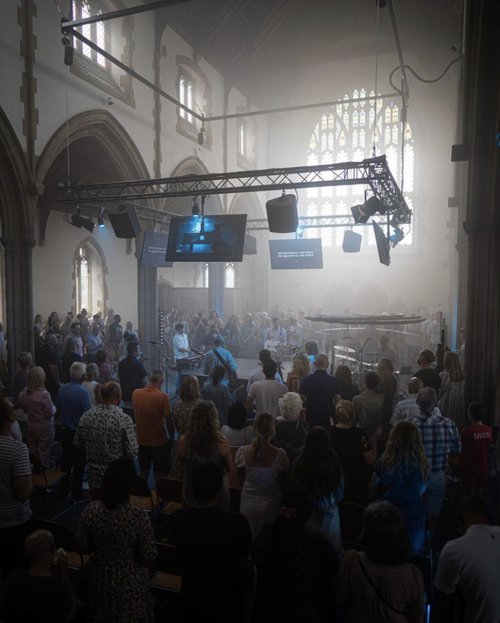From a helpline for struggling farmers in rural areas to hangouts for students in cities – inspiring stories from churches across Wales were shared in the first meeting of the Diocesan Learning Community.
The event, spread over 24 hours, brought bishops, church leaders, officers from every diocese and provincial advisers together – 56 people in total – in a forum to share their experiences and to learn from and be inspired by each other.
Called Telling a Hopeful Story, the programme was made up of five sessions and included presentations on different aspects of ministry where innovative or creative work was taking place. Time was also set aside for worship and prayer and conversations over meals.
Introducing the day, the Archbishop of Wales, Andrew John, said good ministry was happening across Wales and, as the structure of the Church was changing, the forum provided an opportunity to “share, test and cascade” some of the rich thinking and experience gained.
“This is a space to hear the different stories that are energizing the Church,” he said. “We have begun to reform our structures, both nationally and in the dioceses, and we are well on the way. We have seen how Ministry and Mission Areas have brought new opportunities and the challenge now is how to inhabit that new space and do together what we could not do apart. Ministry is much better when done together.”
The Archbishop urged the participants to engage with the material and said the learning gathered would be used in the next five to seven years.
The five sessions focused on: the Role of the Bishops; Cathedrals; Rural Ministry; Urban Ministry; Church Plant and pioneer. Each session was followed by group discussions on the themes raised.
The Role of the Bishops
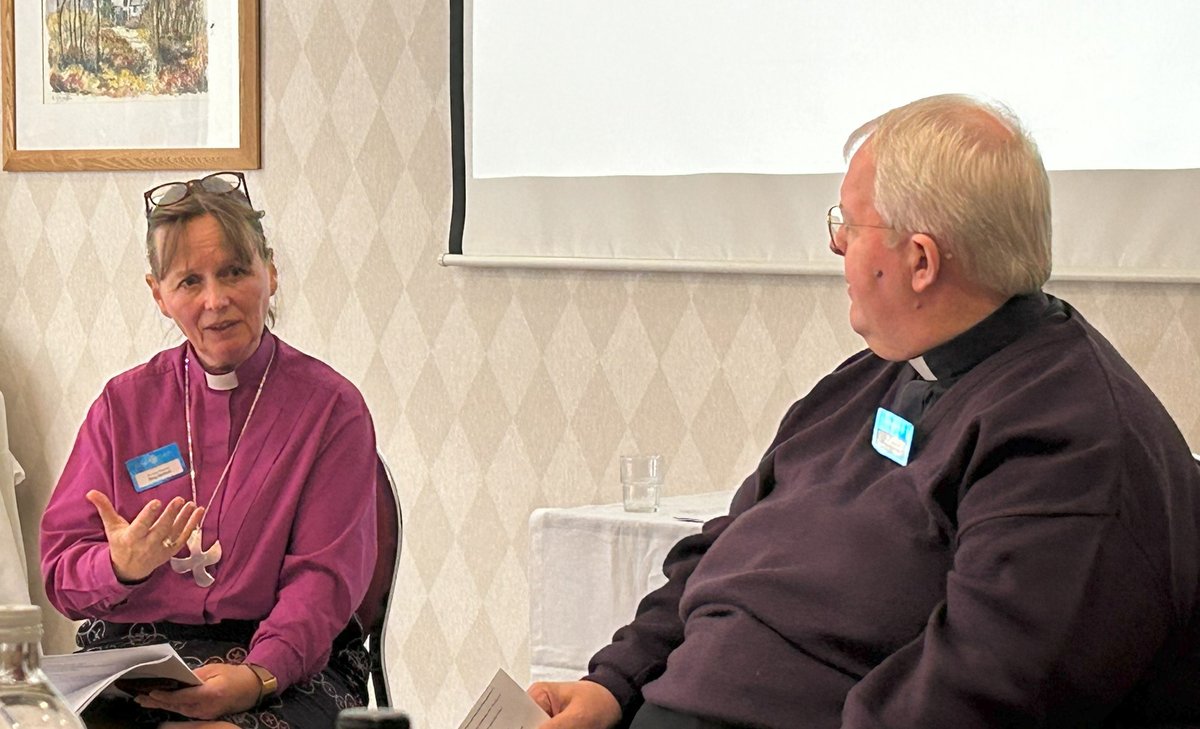
The senior bishop, Gregory Cameron, and the latest bishop, Mary Stallard, led the first session reflecting on the role of the Bench of Bishops as a learning community focused on mission.
The Bench was, said Bishop Gregory, “one of those semi-mythological creatures in the Church” and their aim was to take the lid off the can.
The bishops’ collective task was to model the Church’s priority of building a culture of honest, open and undefended conversations.
In conversation, Bishop Mary described her experiences of being on the Bench. These included:
- A culture of forgiveness – the Church needs to be a safe place where people can tell their story, where it is possible to talk about what is going badly, what is broken.
- Being grounded in prayer – and that meant attending to your own well-being so you could be real and listen
- Teamwork – a commitment to the same goals and encouraging each other. There was, she said, a loneliness and vulnerability in leadership, and pressure from the perception that the bishops could ‘save the Church’. That could be overcome when we express community, she said.
Bishop Gregory said the Bench had become more mission focused. The shift from three business days to one business day and two residential day meetings had enabled more time for prayer and learning.
Looking at how the bishops could be figures of unity during times of change, Bishop Gregory said there was a real sense in which bishops had to be the guardians of the past and also answer questions which were new to society.
“This is a difficult call,” he admitted. “But I’m always encouraged by the symbol of the crozier – the shepherd’s crook holds people back and the point urges them on.” There was both a desire and a resistance to change. Things worked best when people were deliberate in listening to each other. Then the whole flock could move on together as the body of Christ.
Cathedrals
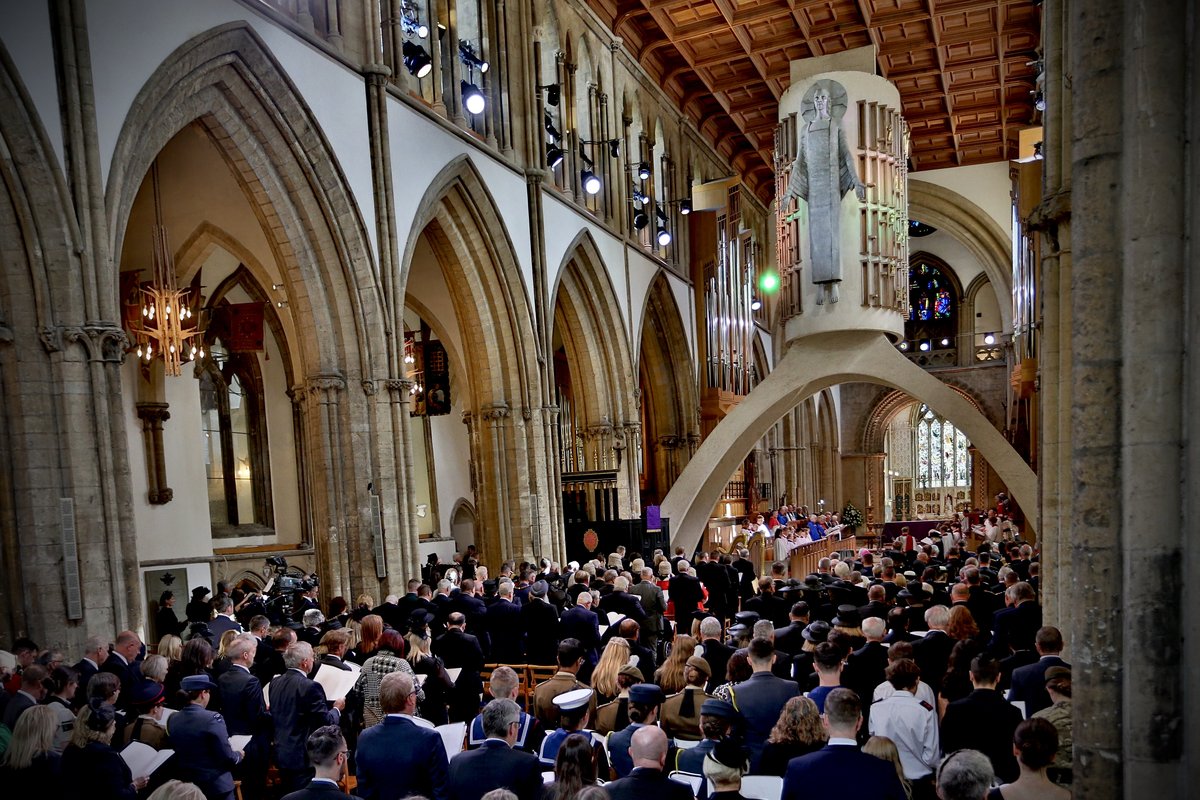
The distinctive mission and ministry of cathedrals was presented by the Dean of Newport, Ian Black, and the Sub Dean of Bangor, Sion Rhys Evans.
Cathedrals were the “kitchen table for the diocese” where everyone had a place to pull up a chair and know they belonged.
They explored six areas of Cathedral life:
Music, liturgy and preaching
People know that if they go to a cathedral there will be good, well-prepared preaching and liturgy, they said. Cathedrals were the principal gathering spaces for big services – for the diocese, civic community and nation. They provided liturgy to hold the occasions in the framework of the gospel. “That we were able to respond to the recent Royal events so quickly is testimony to the scale on which we work,” they said.
Choral music provided a significant youth activity that changed lives. It was “a window onto God and nudges people through the door and touches the gate of heaven”.
Hospitality
Cathedrals were major cultural hubs and had to be hospitable places to “welcome as Christ welcomes”. “We are more than events palaces,” they said, and that required “an expanded mindset” for the core community.
Gathered congregations and social action
Cathedrals welcomed visitors and people looking for help and they struggled with limited resources. They supported social projects, such as foodbanks and homelessness.
“Social action takes the cathedral beyond the temptation to be a shrine and temple, a building for a small community, and transforms it into a mission hub.”
Welshness
Cathedrals were helping to forge a distinctively Welsh Anglicanism, with more use of the Welsh language and celebration of Welsh heritage. “As civic Welsh life becomes more nationally assured, we can, and should, be more radical, more disruptive, in that work of forging a Welsh Church.”
Collaboration of colleagues and governance
Cathedrals were places where mixed teams of clergy and lay people, stipendiary / salaried staff and volunteers, worked together in close proximity on a daily basis. Deans had to shape and share a vision and hold it alongside oversight of the operational.
Expressions of the generosity of God
Cathedrals, at their best, were stages for an abundant, generous Anglicanism. A readiness to raise and spend money, a willingness to commit endowments and reserves, led to ministry in which people could see a reflection of the abundant, generous heart of God.
Rural Ministry
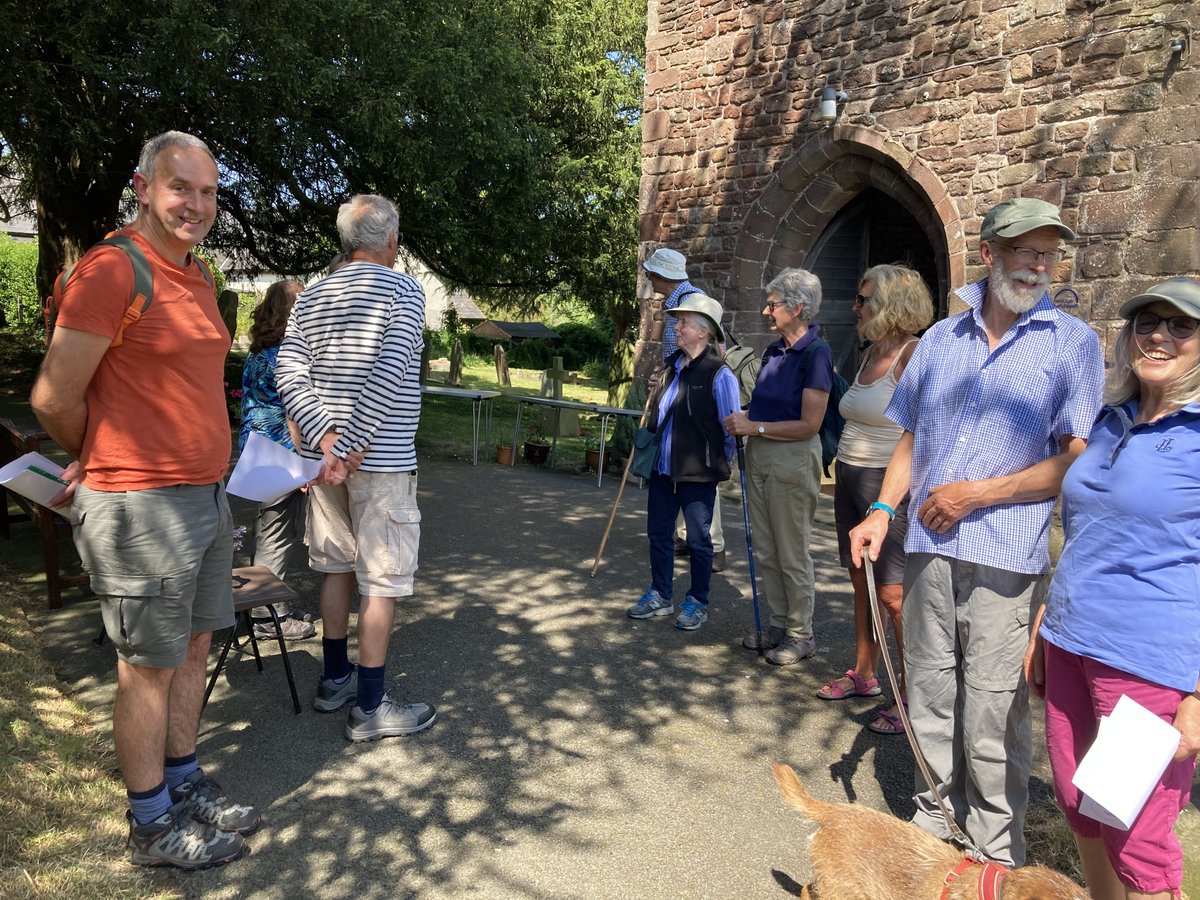
Two presentations gave an insight into rural ministry.
Churches Unlocked Festival
The Revd Sally Ingle-Gillis described the success of the Churches Unlocked Festival in Llangybi, a village of less than 500 people in rural Monmouthshire. It started as an open meeting for the village, where people were encouraged to see the church as belonging to them and were encouraged to take their ideas forward themselves. “They felt released and able,” said Sally. “The whole thing was a gift from the church to the community. It was a real lesson in trust and hope.”
More than 400 people attended the festival, which included daily prayer, talks, music, walks, refreshments and children’s activities. A party was thrown afterwards to thank everyone “who had dared to step out in faith”. The congregation was now different – it had hope and two new members, a 20% increase.
“There are so many gifts and skills in the lay people of our churches, which just need releasing!” said Sally. “When we say ‘yes’ and encourage everyone to be part of the church community, wherever they are in their spiritual journey, then great things can happen. Rural communities have a wonderful ability to be versatile, flexible, and creative, and these are all skills that the local church can use to thrive, if we can just make sure that everyone realises that the church is for everyone. When we pull together then the work of the Holy Spirit will be tangible. Say yes, encourage generosity, measure success, and celebrate!”
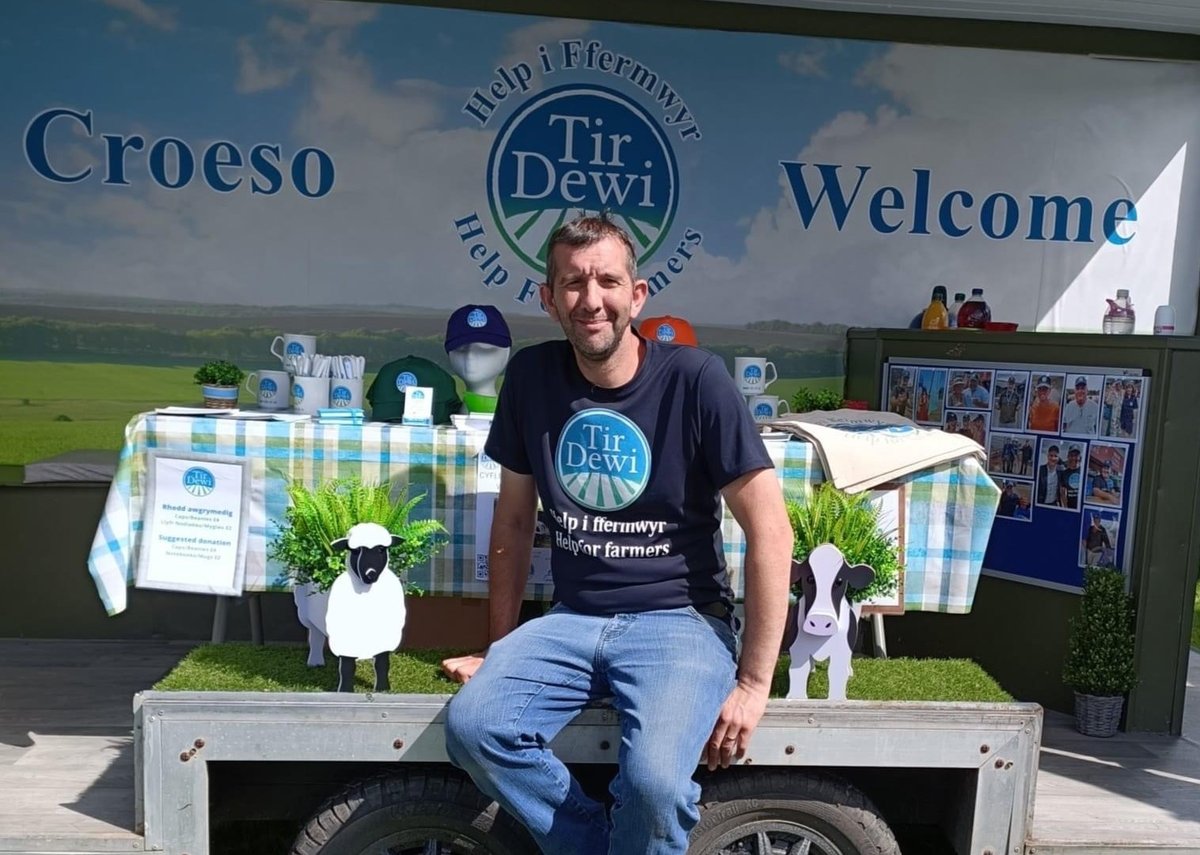
Tir Dewi
The Archdeacon of Cardigan, Eileen Davies, talked about Tir Dewi, the helpline, she was involved in setting up eight years ago, for farmers struggling with any burdens, worries and problems, including mental health issues.
A farmer herself, Eileen knew the challenges facing the agricultural industry, including loneliness, stress, long, unsociable hours. It posed the highest number of suicides than any other industry, she said.
Tir Dewi started in St Davids Diocese in 2015 and has since expanded across Wales. It now has 83 trained volunteers and eight employees who listen and help direct farmers to the help they need. Other volunteers promote the work of Tir Dewi at livestock markets and agricultural shows. The helpline is open from 7am-10pm every day, in Welsh and English. To date, more than 2,000 farmers have been supported.
“To get to the issues of what farmers are really going through you have to untie many a knot,” said Eileen. “It takes guts for them to pick up the phone and ask for help.”
Tir Dewi also works with the young farmers in the YFC to encourage the next generation to be more open and prepared for conversations. “We need to get people to talk because you know from someone’s voice how they are truly feeling,” said Eileen.
Behind it all was the desire to share Christ’s love and care for all, she said. “This is Christ working in and among us – out in the fields. That is what we are privileged to be able to do. The greatest honour and reward of all is to hear a farmer say, ‘Thank you, I am still alive’.”
Urban ministry
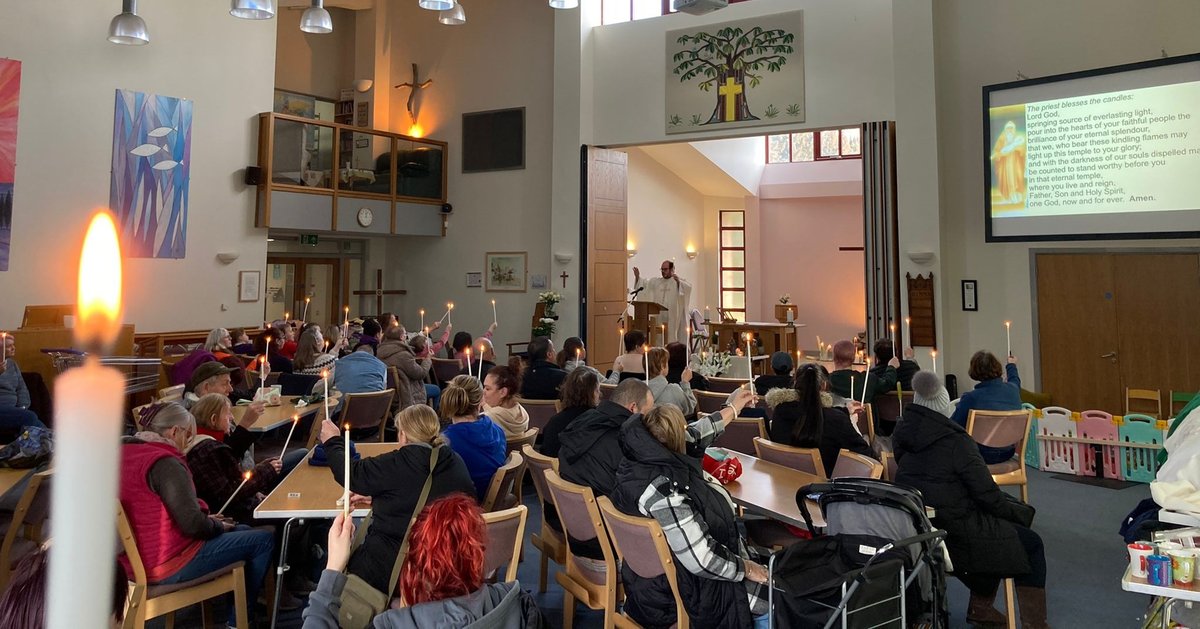
The challenges and opportunities of urban ministry were outlined in two presentations.
The Table
A £2 food club at St Peter’s Church in Holywell in St Asaph Diocese was transformed when it relaunched as The Table to include the Bread of Life Eucharist.
“We watched people come from the back of the church to the front, from having a fag outside to coming in and making a commitment to repent and come to Jesus,” said the Revd Dominic Cawdell OGS. “The whole thing changed by the sharing of the Eucharist – the symbols spoke to people, especially the breaking of the bread.”
The service starts at 11.30am and is followed by a free lunch. There is also a pantry, with a supply of food and other essentials, and pastoral support is available for those who need it.
The congregation has grown to 150 people, most of whom have had no previous connection with the church. There is renewed confidence in the gospel throughout the churches in Holywell and there have been amazing stories of faith. The diocese provided a youth and children’s worker to help out and they have just appointed a Pioneer Priest.
The next two stages are to plant a new church on the Holway Estate in Holywell and to restore St James’ Church in Holywell to create the Well-Being centre. Both projects are already underway.
“All this comes from our vision that the best thing we have to give people is not food but Jesus,” said Dominic.
St Thomas’ Church, Swansea
When the Revd Steven Bunting was appointed to his Swansea parish he had three churches with a small amount of people attending between them. “The churches were isolated and alone on the Eastside. St Thomas Church had no toilets, no refreshments and the only bit of life was a toddler group – and we charged them rent!” he said.
Radical action was needed. Steve started going to the toddler group and stopped charging them rent. He set up a youth group and began doing school assemblies every week. The Parish had to face the loss of one of the church buildings and had to focus on St Thomas’ Church in Swansea’s Eastside instead. “It was devastating being present as one of the churches was closed but from that death, resurrection came in ministry throughout the parish,” he said.
Steven raised £1.4M to redevelop St Thomas’ and transform it into a thriving community hub. As well as its worship activities, toddler and youth groups, it runs a foodbank which feeds 200 people a week, Baby Basics, a volunteer-led project to support new mothers and families. The church also has a not-for-profit café and conference/wedding reception venue called the Spire.
“The general theme of everything at St Thomas’ is me going to see where people are ahead of us in ministry, where people are coming up with great ideas and learn from them!” he said.
Steve’s work in the community was publicly recognized last year when he was awarded an MBE.
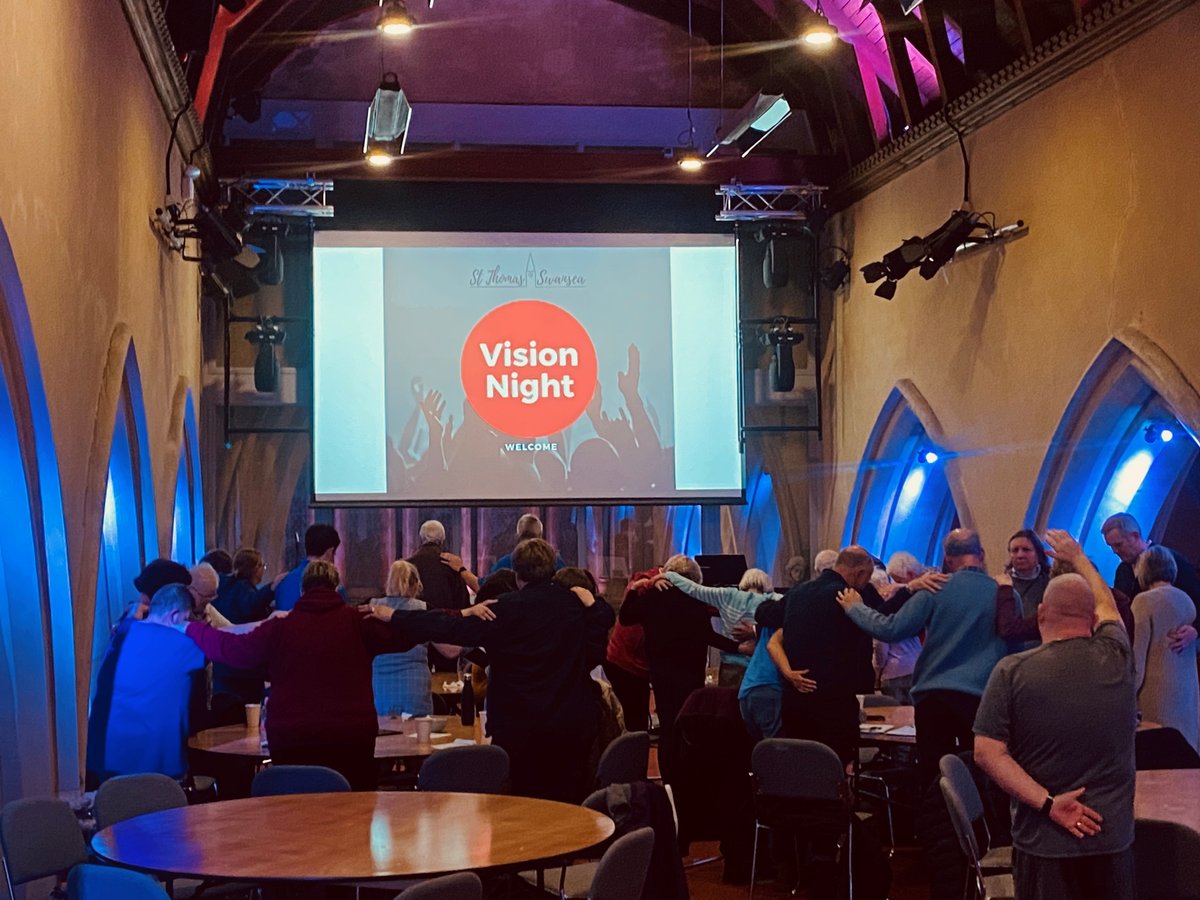
Church planting
Two dioceses set up resource churches with money from the Evangelism Fund in conjunction with the Church Revitalization Trust.
Citizen Church, Llandaff Diocese
Creating a church where people felt they could belong was a guiding principle when Citizen Church set up two years ago, said its vicar, the Revd Ryan Forey.
“We are a church where belonging matters,” he said, “We want people to belong before they believe. God is about community and unity.”
The church reaches out in particular to Cardiff’s large student population with hangouts, Alpha courses, a coffeeshop, and services followed by a bar and pizzas. It also runs groups and activities for all ages, including tots and toddlers, graduates and young professionals. Everything is run through an app, which was developed by students and which has been downloaded more than 1,000 times. Its Alpha course has been particularly successful with 700 people taking part so far.
From its Cardiff base at St Teilo’s, Citizen has now planted two more churches – one in Senghenydd and one in St Mary’s Church Pontypridd.
“We want to do things that others are not doing,” said Ryan. “We are trying to be creative and innovative to bring people to God! Our focus is on leading a generation of people to God, to let them know that Jesus is the answer to their problems.”
Mistakes had been made along the way and challenges faced, said Ryan. Due to its rapid growth and building redevelopment, Citizen was now faced with a significant deficit, despite a substantial rise in giving from the congregation.
“We have been asked to do a huge thing and something exciting has happened. It costs, but it is a good investment. People are there and will come if we keep preaching the gospel and providing for them. As in in the story of the widow and the olive oil in 2 Kings chapter 4, as long as the jars keep coming, the oil will keep flowing – our jars to be filled are churches, teams and people.”
Hope Street, St Asaph Diocese
Launched two-and-a-half years ago in the renovated Burton’s shop in the centre of Wrexham, Hope Street now serves 300 adults, 80 children and young people and has an average adult weekly attendance of 180. Congregation giving this year is expected to reach £138K.
Its aim, said the Revd Rachel Kitchen, was to reach the 97% of people who don’t go to church, especially the young. Just under three-quarters of the congregation is under 40. Among the activities on offer are the Alpha course, the Marriage Course, a warm space, while a youth team takes ministry to the college and schools.
The key to the success has been to be intentional, said Rachel. “If you want the average age of your congregation to increase, do nothing. If you want to go younger in age and outward in focus you have to be intentional. We came in with very few people and realized we would not survive unless we reached people with the Gospel. We had to have a missional priority right from the word go.”
The team found they were operating in a “pre-Christian context” – talking to people with very little cultural context at all. They responded by creating a “culture of invitation” – holding events that were easy to invite people who don’t go to church, to go to, such as a bonfire party and bingo.
“If they said yes to that they were more likely to say yes to Alpha and yes to church,” said Rachel. “We look at steps to bring people to church – from coffee, football, hangouts or light parties to Alpha and then to Sunday services. We are finding ways to bridge the gap to take people on a journey so they can find Jesus.”
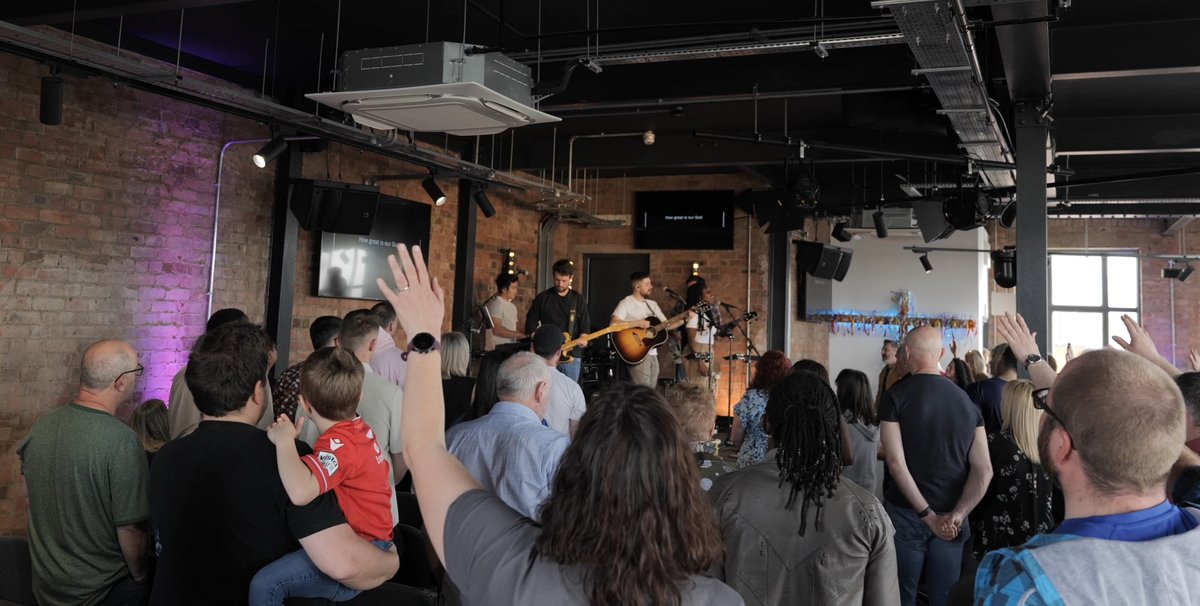
Plenary
Introducing the final session of the meeting, the plenary, the Bishop of Monmouth, Cherry Vann, urged participants to turn what they had heard into positive action.
“This is the most important session of all,” she said. “This is where the work begins. For the first time, we have come together as an intentional learning community. It has to result in positive action, plans and goals. We need to capture the wisdom and diversity of this room – that is our task now.”
Bishop Cherry identified several themes from the presentations. These were:
- Confidence in the Gospel we proclaim as the best thing we can offer.
- Recognising that our message is about death and resurrection. “If we are going to move forward and see new life, there may well have to be a degree of death and we have to face that realistically and with hope.”
- The importance of praying for one another and for the whole life of the church, including praying for flourishing churches when ours may be struggling.
- Seeing church buildings as a space and resource for the community.
- Trusting one another and also giving permission to others to take on roles.
- The importance of building good relationships. This means being honest and authentic, creating safe spaces to say the hard things.
- Purposeful recognition and affirmation of what is working well, celebrating success.
- The challenge of being a diverse church, of raising vocations from different demographics and socio-economic contexts.


